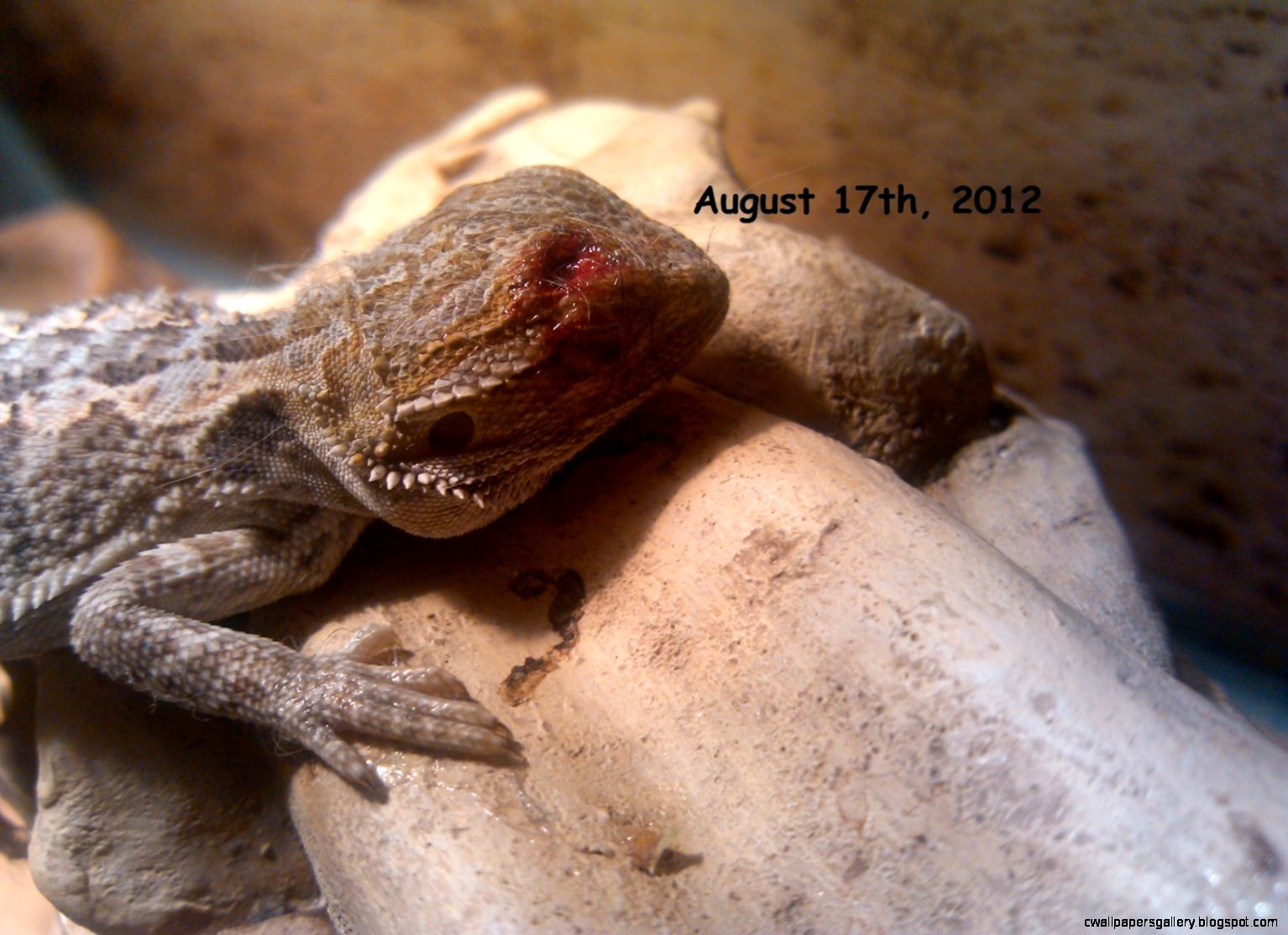The Truth About Bearded Dragon Black Tail Stress: A Beginner's Guide
Introduction
Bearded dragons are one of the most popular pet reptiles. They are friendly, docile, easy to care for, and relatively low-maintenance. However, as a beginner, it’s essential to understand the signs of stress in bearded dragons, especially the black tail stress. In this blog post, we’ll discuss everything you need to know about bearded dragon black tail stress, its symptoms, causes, and how to prevent it.
What is Black Tail Stress?
A bearded dragon’s tail is a great indicator of its health and well-being. The tail stores fat and nutrients that help the dragon survive during stressful times. In some cases, bearded dragons may experience black tail stress where the tail turns black, indicating a potential problem.
Symptoms of Black Tail Stress
If your bearded dragon is experiencing black tail stress, you may notice the following symptoms:
- Darkening of the tail, ranging from a speckled or mottled appearance to a complete black tail
- Reduced appetite or sudden weight loss
- A lack of energy or lethargy
- Aggressiveness or uncharacteristic behavior
- Depression or a lack of interest in its surroundings
- More frequent shedding
- A weakened immune system and more susceptible to diseases
Causes of Black Tail Stress
There are various reasons your bearded dragon may experience black tail stress. It could be due to poor nutrition, inadequate lighting or heating, parasites, or environmental factors. It could also be due to psychological factors, such as boredom or loneliness. As a beginner, it’s essential to stay vigilant and identify the root cause of your pet’s stress.
Preventing Black Tail Stress
Preventing black tail stress in bearded dragons requires regular monitoring of their nutrition, temperature, and environment. Here are some ways to help prevent black tail stress:
- Ensure your bearded dragon has access to fresh water daily
- Provide a balanced diet of insects and vegetables
- Ensure that the temperature gradient in the terrarium is appropriate
- Use full-spectrum lighting to simulate natural daylight hours
- Ensure that the tank is not too crowded and that there are hiding places
- Give your bearded dragon enough opportunities to exercise and explore
- Avoid placing your bearded dragon in stressful environments, such as near high-traffic areas of your home
Treatment for Black Tail Stress
If your bearded dragon experiences black tail stress, you should take prompt action to prevent potential complications. Here are some steps you can take:
- Identify and address the root cause of stress
- Make sure your bearded dragon receives proper nutrition and hydration
- Maintain an appropriate temperature and environment
- Offer plenty of opportunities for mental and physical stimulation
- Keep your bearded dragon’s living area clean and free of parasites
- If the stress persists or your pet’s health deteriorates, seek advice from a veterinarian who specializes in reptiles
Conclusion
As a beginner, it’s crucial to understand the signs of stress in your bearded dragon, especially black tail stress. Regular observation and maintaining a healthy environment are crucial for keeping your bearded dragon happy and healthy. By implementing preventative measures and seeking help if stress persists, you can ensure that your bearded dragon leads a long and healthy life.









